Robert Rauschenberg’s art of all cultures goes on display for first time in 30 years
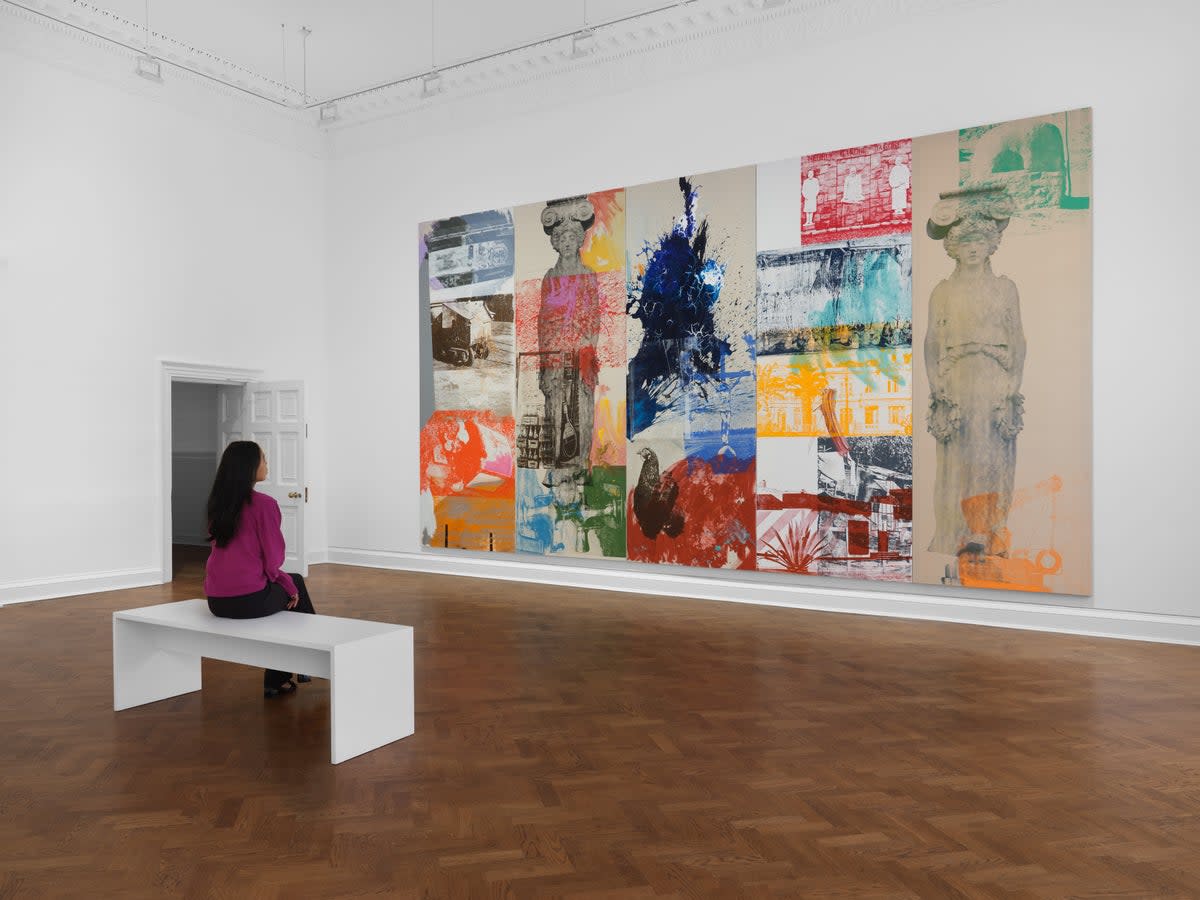
Between 1984 and 1991, Robert Rauschenberg undertook an expansive cultural exchange programme to encourage understanding between different cultures through art.
The Rauschenberg Overseas Culture Interchange (Roci), pronounced “Rocky” after the American artist’s pet turtle, explored his view that art could be a force for good.
Spanning the entirety of the seven years of Roci’s intense creative production, an exhibition at Thaddaeus Ropac London features canvases, sculptures, cardboard works, neon light and textiles, as well as examples of Rauschenberg’s earliest metal paintings.
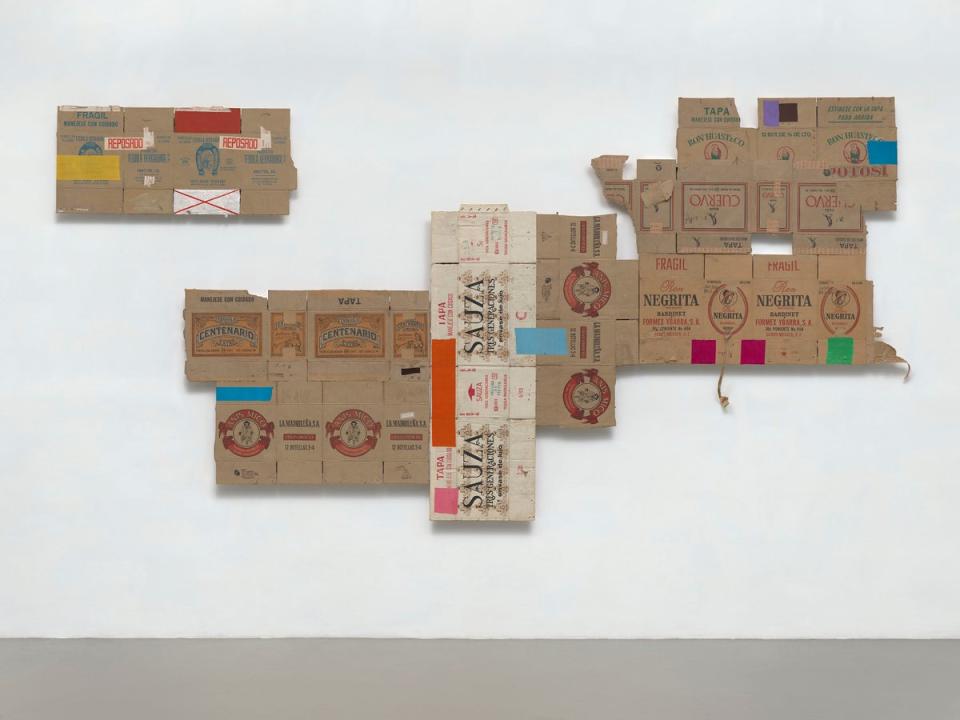
It is the first show dedicated to Roci since the project’s conclusion in 1991.
Context is provided through archive materials, including a selection of the artist’s black-and-white photographs taken during his travels.
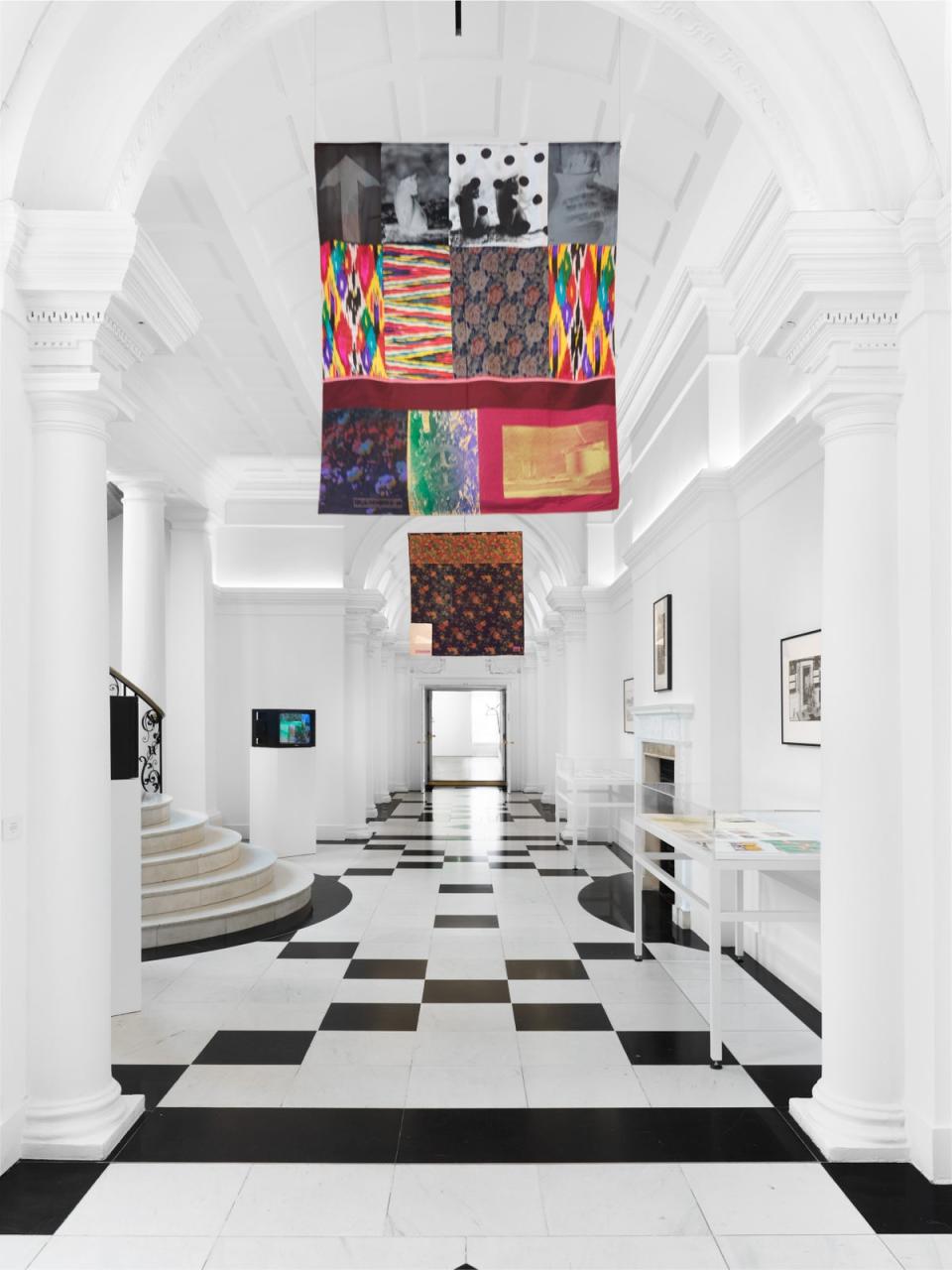
Together, these elements offer an unprecedented overview of one of the most ambitious and wide-reaching artistic interchanges of the late 20th century.
Rauschenberg, born in Texas in 1925, is seen as a foundationary artist in several of the century’s major Western art movements, such as pop art, abstract expressionism and neo-dadaism.
By the 1980s, he was a fixture of the art world and renowned for his keen experimentation. He embarked on Roci with a vision of a large-scale touring exhibition primarily in countries where access to contemporary Western art and freedom of artistic expression were limited or non-existent.
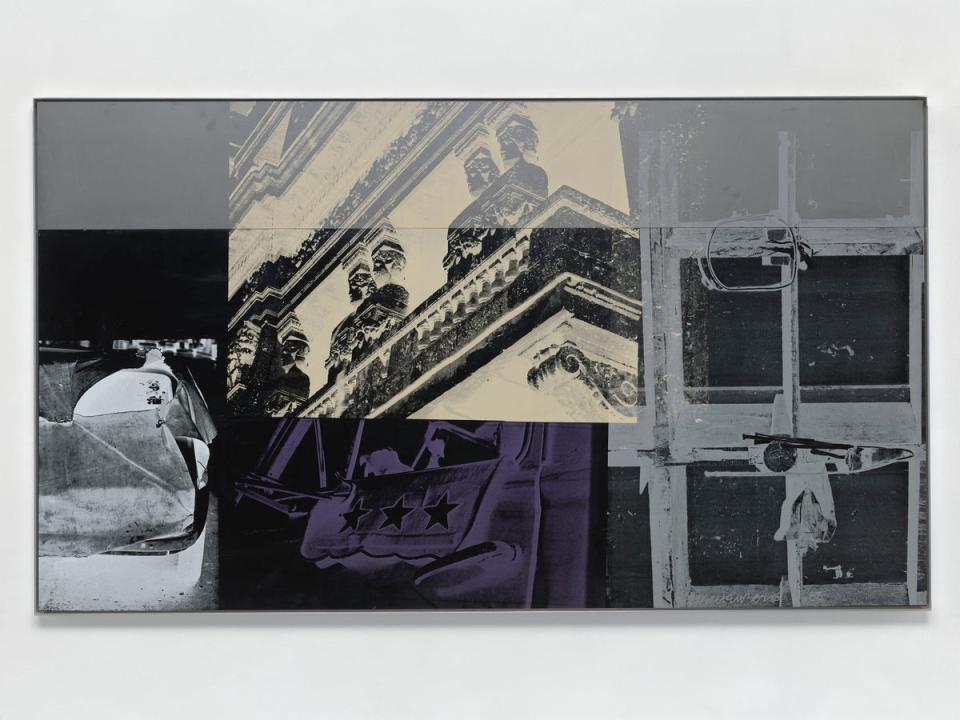
Almost entirely funded by the artist, Roci travelled to 10 countries outside of the United States: Mexico, Chile, Venezuela, China, Tibet, Japan, Cuba, the Soviet Union, Germany (Berlin) and Malaysia, concluding in the US with an exhibition at the National Gallery of Art in Washington DC.
Working with a small team, Rauschenberg undertook a research trip to each participating country ahead of the corresponding leg of the exhibition to visit sites of interest and meet with local artists, artisans and prominent cultural figures.
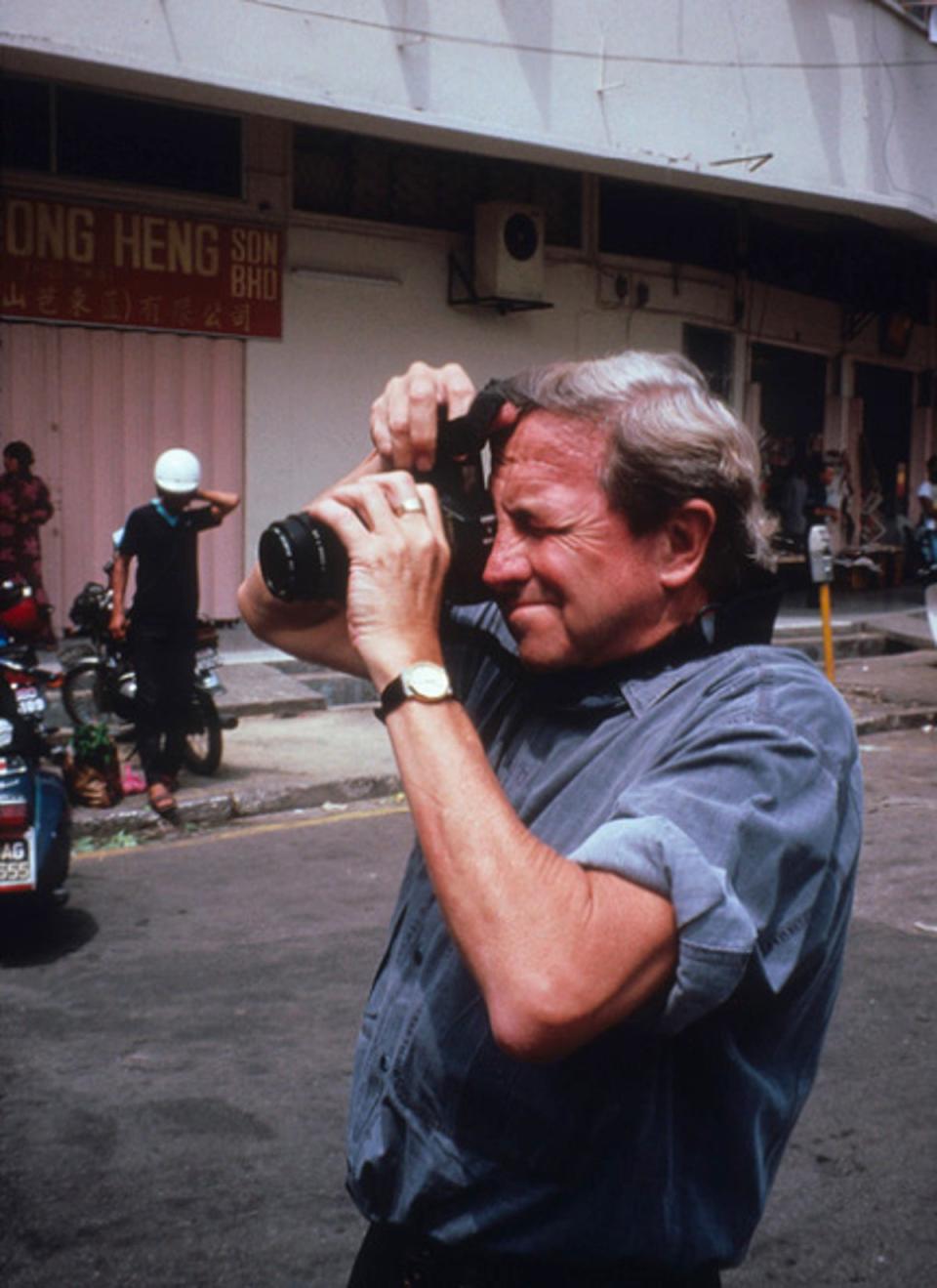
He then returned to his studio in Captiva, Florida, where he translated his experiences into a new body of work, which was subsequently exhibited alongside the touring retrospective of the artist’s work and a selection of Roci pieces from other countries.
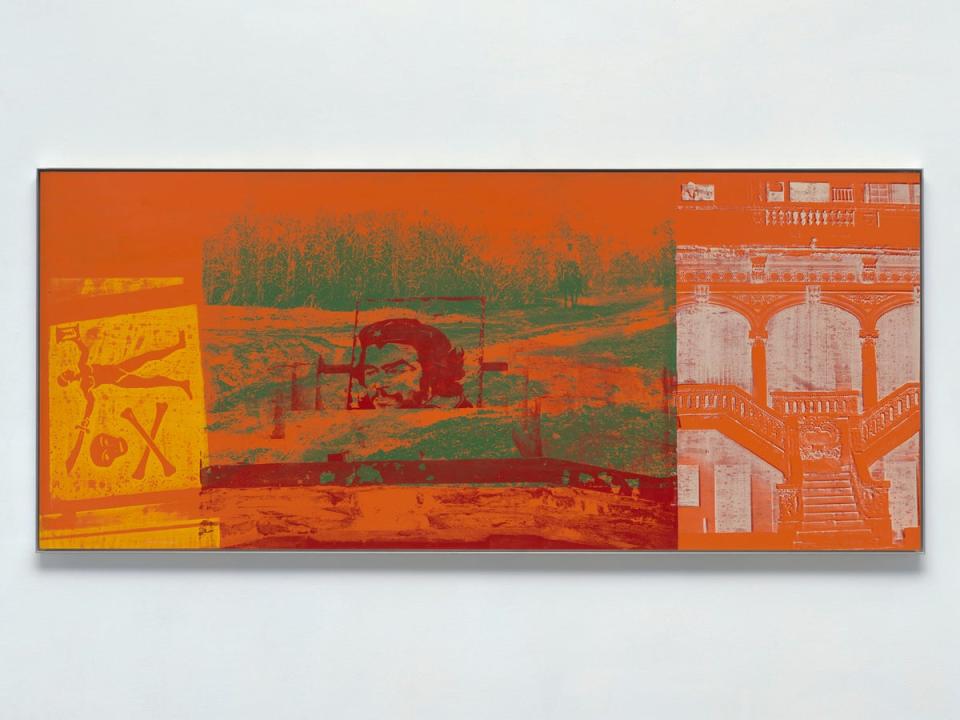
Each iteration of the exhibition consequently facilitated a dialogue between the participating countries through the works assembled, while simultaneously offering an overview of Rauschenberg’s practice to audiences who may have had little or no exposure to contemporary Western art.
“I couldn’t see clearly as an artist until I understood that it wasn’t the similarities that were important, it wasn’t the similarities that pulled things together, but it was the differences that made things interesting,” Rauschenberg says.
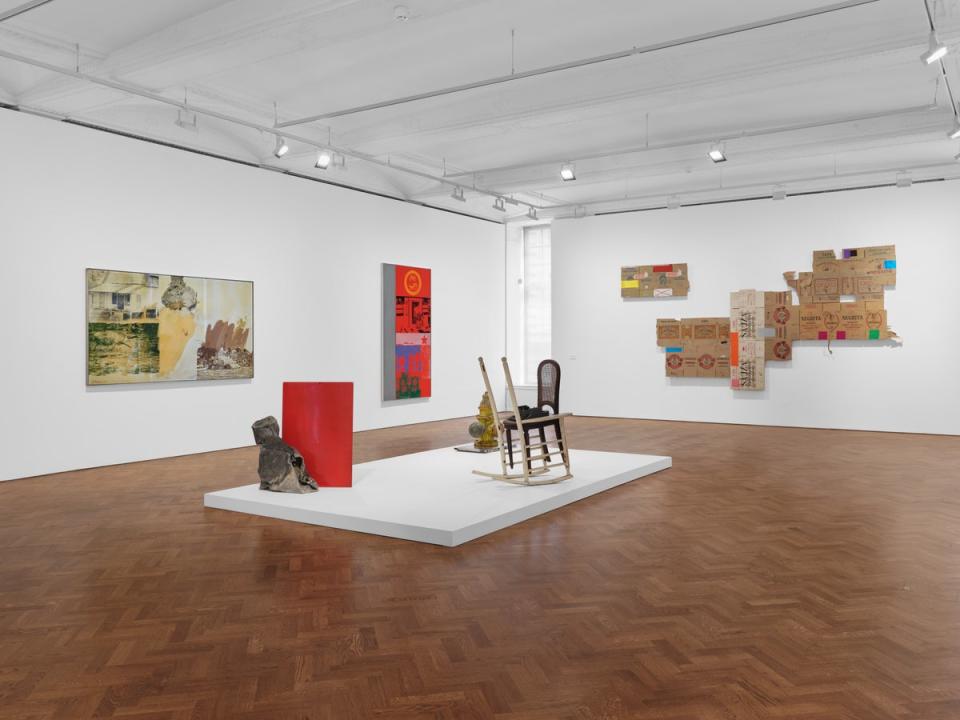
At the conclusion of the Roci project, Rauschenberg had created more than 125 paintings, sculptures and editioned objects and over two million visitors worldwide had seen a Roci exhibition.
In several countries he visited, Roci was the first solo exhibition by a contemporary Western artist.
Robert Rauschenberg: Roci will be on display at Thaddaeus Ropac Gallery on Dover Street, London, until 15 June

 Yahoo Lifestyle
Yahoo Lifestyle 
